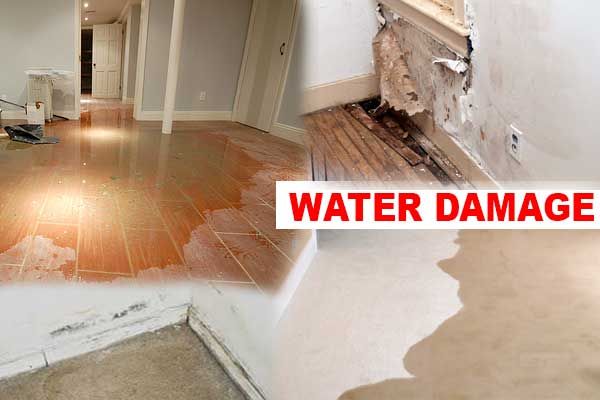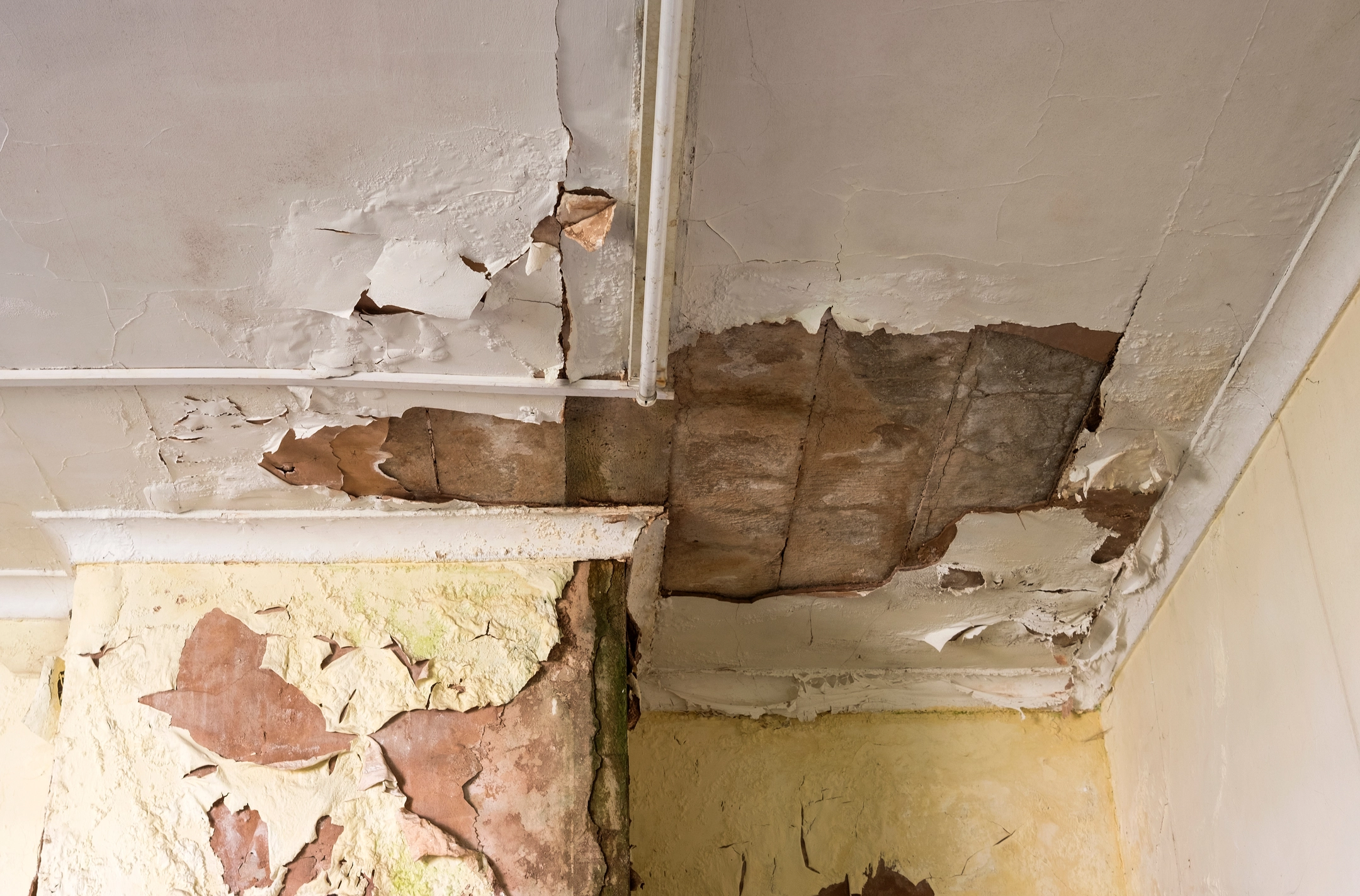Water Mitigation Company with Proven Track Record of Success in Restoration
The Process of Water Damage Cleanup: Ensuring Your Home Is Recovered Properly
Water damage can be a complicated obstacle for home owners, necessitating a organized and meticulous cleanup process to bring back security and performance. At first, an extensive assessment is crucial to recognize the degree of the damages and establish the suitable remediation measures. Following this, efficient water extraction techniques play a critical role in minimizing additional damage. However, the nuances of drying out, disinfecting, and ultimate remediation are equally necessary and often neglected. Comprehending these stages can make a significant difference in the end result of your home's remediation, triggering a closer look at what each step requires.
Examining the Damage
Upon discovering water damages, the first step is to extensively assess the level of the effect. This initial evaluation is critical, as it helps identify the necessary actions for reliable cleanup and repair. Begin by examining the affected locations, including wall surfaces, ceilings, floorings, and individual possessions, to identify the resource of the water breach, whether from flooding, leakages, or condensation.
Recording the damage is vital for both insurance cases and intending remediation initiatives - damage restoration services. Usage pictures and created notes to capture the intensity of the damages, noting any affected architectural aspects and materials. Pay special interest to locations that may not be immediately noticeable, such as behind walls and under carpets, as concealed moisture can lead to additional issues, consisting of mold growth
In addition, assess the timeline of the water direct exposure. The longer the materials remain wet, the better the possibility for damage. Recognizing the duration of exposure will certainly inform the seriousness of removal efforts. Inevitably, a thorough evaluation prepares for a successful water damages clean-up process, making certain that all affected locations are resolved efficiently and completely.
Water Removal Techniques

Professionals typically employ submersible pumps for bigger quantities of water, which can quickly reduce flooding in cellars or other affected areas. For smaller amounts, wet/dry vacuums are frequently used to remove recurring wetness from rugs and difficult surfaces. In addition, using mobile extractors permits targeted removal in restricted rooms or areas with fragile materials.
In instances of contaminated water, such as sewer or floodwater, progressed extraction methods may entail the use of biohazard tools to ensure security and conformity with wellness laws. High-powered removal tools are critical in reducing water retention in architectural materials, which can bring about mold and mildew growth and structural deterioration if not resolved without delay.
Inevitably, the performance of water extraction strategies plays an essential duty in the total success of the water damage cleanup process, laying the foundation for succeeding restoration initiatives.
Drying and Dehumidification
As soon as standing water has actually been properly removed, the following important phase in the water damages cleanup procedure is drying out and dehumidification. This action is crucial to prevent more damage and mold development, which can occur within 24 to 48 hours in moist atmospheres.
To achieve efficient drying out, specific equipment such as industrial-grade air movers and dehumidifiers is employed. Air movers distribute air throughout damp surface areas, improving evaporation prices, while dehumidifiers reduce humidity degrees in the air, promoting a favorable environment for drying out. The mix of these tools ensures that wetness is extracted from home furnishings, walls, and floorings, enabling them to completely dry extensively.
It is vital to keep track of the drying procedure closely. Experts frequently utilize moisture meters to analyze the dampness web content in various products, ensuring that all impacted locations reach appropriate dryness levels. This precise strategy assists to avoid surprise dampness pockets that can lead to architectural damages or undesirable mold and mildew development.

Cleaning and Disinfecting
After the drying out and dehumidification stage is complete, the next important step in water damages clean-up is cleaning and sanitizing the influenced locations. This procedure is essential to stop the development of mold, bacteria, and other pathogens that prosper in wet environments.
The cleaning stage generally entails removing any debris, dust, and pollutants from surfaces using specialized cleansing agents. For difficult surfaces, a mix of soap and water or business cleansing products is commonly employed. Soft materials, such as furniture and carpets, might require more comprehensive cleansing techniques, consisting of vapor cleaning or deep removal methods, to make certain comprehensive sanitation.

Sterilizing complies with cleaning, utilizing EPA-approved anti-bacterials to remove unsafe microbes. This step is important, specifically in locations that might have entered call with floodwaters or sewer, as these resources can position severe health and wellness dangers.
In addition, it is important to resolve any staying smells, which may require using smell neutralizers or sophisticated strategies like ozone therapy. Proper cleansing and sterilizing not just restore the safety and health of your home yet additionally prepared for effective repair and repair work in subsequent stages of the water damages cleaning procedure.
Remediation and Fixings

Once the evaluation is full, remediation initiatives can begin. This generally my site includes repairing or changing broken products, making certain that all job follows neighborhood building codes and criteria. If drywall has actually been jeopardized, it will require to be removed and replaced with brand-new material. In addition, flooring might call for comparable attention, relying on the level of water exposure.
It is vital to engage experienced reconstruction experts during this procedure, as they have the know-how to deal with complicated fixings successfully. They can aid minimize potential future concerns, such as mold development or structural instability, thus ensuring a risk-free and habitable living atmosphere. Ultimately, reliable repair and repair work restore the home's honesty and improve its general worth.
Final Thought
In verdict, the procedure of water damage cleanup is critical for bring back a home to its pre-damage condition. Each phase, from analyzing the damage to carrying out reliable water removal techniques, adhered to by extensive drying out, disinfecting, and required repair work, plays an essential role in making sure safety and compliance with structure standards. Reliable implementation of these actions not only reduces immediate damage however additionally boosts the long-lasting honesty and value of the building.
Water damages can be a complicated go to this website obstacle for house owners, requiring a precise and structured cleanup process to bring back safety and functionality. Ultimately, a thorough evaluation lays the foundation for a successful water damage cleaning process, making certain that all influenced areas are dealt with effectively and completely.
Efficient water removal techniques are essential in minimizing damages and preventing further difficulties adhering to a water invasion event.In verdict, the procedure of water damage cleaning is vital for recovering a home to its pre-damage problem. Each stage, from examining the damages to implementing effective water extraction techniques, adhered to by complete drying, sterilizing, and required repair work, plays an important role in making sure security and compliance with building standards.